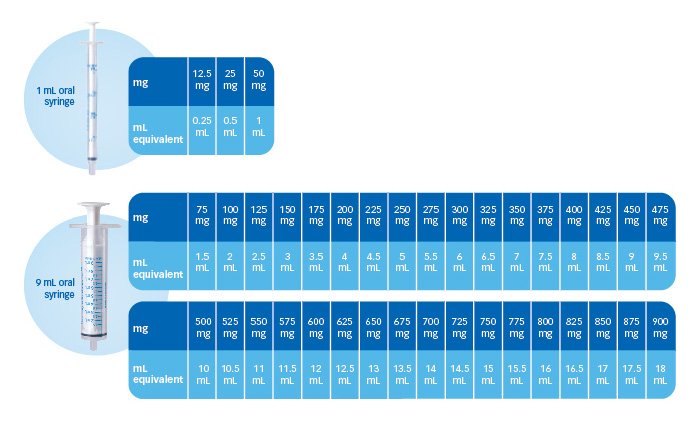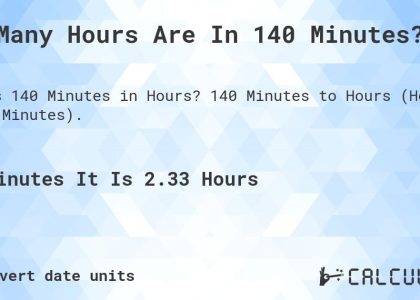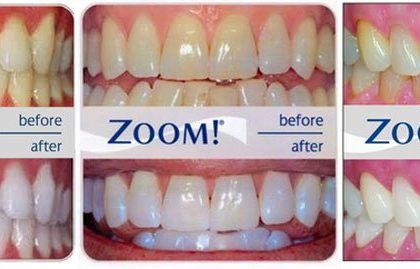In a 1 ml syringe, the number of milligrams can vary depending on the medication being administered. To calculate the exact amount, you need to know the concentration of the drug in milligrams per milliliter (mg/ml). By multiplying the concentration by the volume (1 ml), you can determine the number of milligrams in a 1 ml syringe. Understanding this simple calculation is crucial for accurate dosing and ensuring proper medication administration. Let’s delve deeper into the specifics of how many mg in 1 ml syringe to empower your understanding.
Understanding How Many mg in a 1 ml Syringe
Welcome to our comprehensive guide on understanding the concept of how many milligrams (mg) are in a 1 milliliter (ml) syringe. Whether you are a healthcare professional, a patient, or simply curious about medical measurements, this article will break down the details for you in an easy-to-understand manner.
The Basics: Milligrams and Milliliters
Before we delve into the specifics of how many milligrams are in a 1 ml syringe, let’s start with the basics. Milligrams and milliliters are units of measurement used in the field of medicine and pharmacology. While they sound similar, they measure different things.
Milligrams (mg) measure mass or weight, and they are typically used to quantify the amount of a medication or substance in a particular dosage. On the other hand, milliliters (ml) measure volume or capacity, and they are commonly used to indicate the volume of liquid medication in a container such as a syringe.
Understanding the Conversion
Now, let’s address the question at the heart of this discussion: how many milligrams are in a 1 ml syringe? The answer lies in the concentration of the medication or substance being administered. Different medications have different concentrations, which determine the mg/ml ratio.
For example, if a medication has a concentration of 10 mg/ml, it means that there are 10 milligrams of the medication in every 1 milliliter of liquid. Similarly, if a medication has a concentration of 5 mg/ml, there would be 5 milligrams of the medication in every 1 milliliter of liquid.
Calculating Dosage
When administering medication using a 1 ml syringe, it is crucial to calculate the correct dosage based on the concentration of the medication. Let’s say you need to give a patient 20 milligrams of a medication with a concentration of 5 mg/ml.
To calculate the volume of medication to draw into the syringe, you would use the following formula:
Volume (ml) = Desired dose (mg) / Concentration (mg/ml)
In this case, the calculation would be:
Volume (ml) = 20 mg / 5 mg/ml = 4 ml
Therefore, you would need to draw 4 milliliters of the medication into the 1 ml syringe to deliver a dose of 20 milligrams.
Factors to Consider
It is essential to consider various factors when calculating medication dosages using a 1 ml syringe. These factors include the concentration of the medication, the desired dose, and the patient’s weight or age, among others.
Always consult with a healthcare professional or pharmacist before administering any medication to ensure accurate dosing and patient safety. It is crucial to follow dosage instructions carefully and use the appropriate measuring devices for accurate administration.
Conclusion
In conclusion, understanding how many milligrams are in a 1 ml syringe is essential for accurate medication administration. By knowing the concentration of the medication and applying the proper calculations, you can ensure that patients receive the correct dosage for their treatment.
Remember to always seek guidance from healthcare professionals and adhere to dosage instructions to promote safe and effective medication delivery. We hope this guide has helped clarify any confusion surrounding this topic, and we encourage you to continue learning about medication dosing and administration.
How to Read a Syringe 3 ml, 1 ml, Insulin, & 5 ml/cc | Reading a Syringe Plunger
Frequently Asked Questions
What is the conversion of milligrams to milliliters in a syringe?
In a standard syringe, the conversion of milligrams (mg) to milliliters (ml) is dependent on the density of the substance being measured. Generally, for water-based solutions, 1 milliliter is equivalent to 1 gram, which is the same as 1000 milligrams. Therefore, in a 1 ml syringe, you would typically measure 1000 mg for water-based solutions.
How can I accurately measure milligrams in a 1 ml syringe?
To accurately measure milligrams in a 1 ml syringe, you need to know the concentration or density of the substance you are measuring. If the substance is water-based, you can assume that 1 ml is equivalent to 1000 mg. However, for other substances, it is crucial to consult the product label, prescription, or a healthcare professional for the specific conversion rate.
Are all syringes calibrated the same way for milligrams and milliliters?
No, not all syringes are calibrated the same way for milligrams and milliliters. The calibration of a syringe depends on the intended use and the substance being measured. It’s essential to use the correct syringe that matches the concentration and measurement units required for accurate dosing. Always refer to the syringe markings and any accompanying instructions to ensure precise measurements.
Final Thoughts
When using a 1 ml syringe, it is important to understand how many milligrams are in each unit of measurement. The conversion between milligrams and milliliters may vary depending on the substance being measured. It is crucial to check the concentration of the medication in order to accurately administer the correct dosage. Always consult a healthcare professional for guidance on how many milligrams are in a 1 ml syringe to ensure safe and effective usage.










